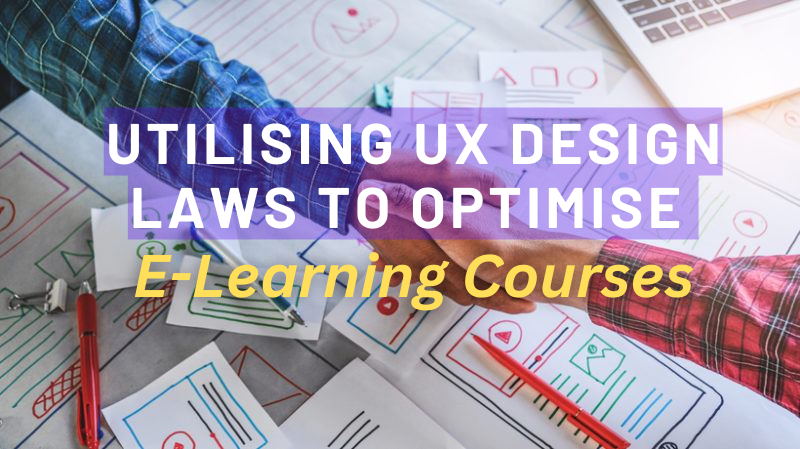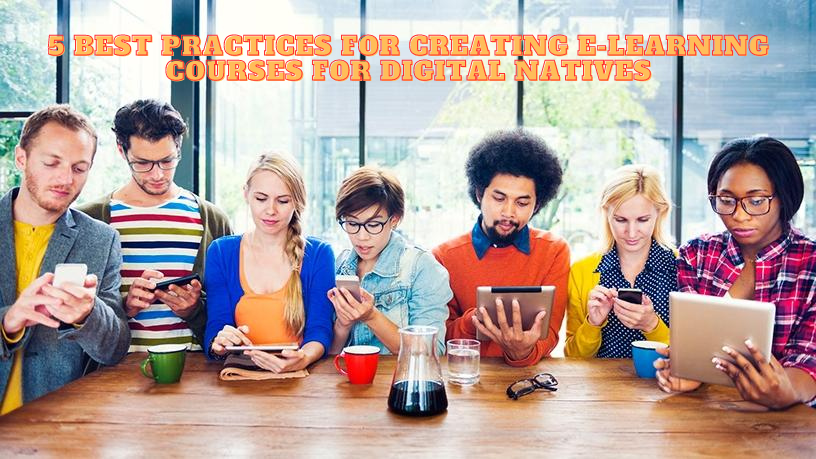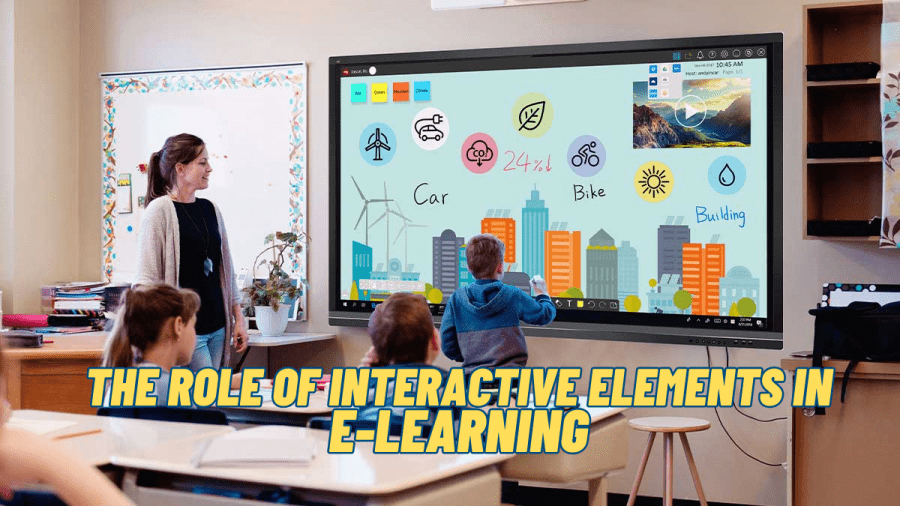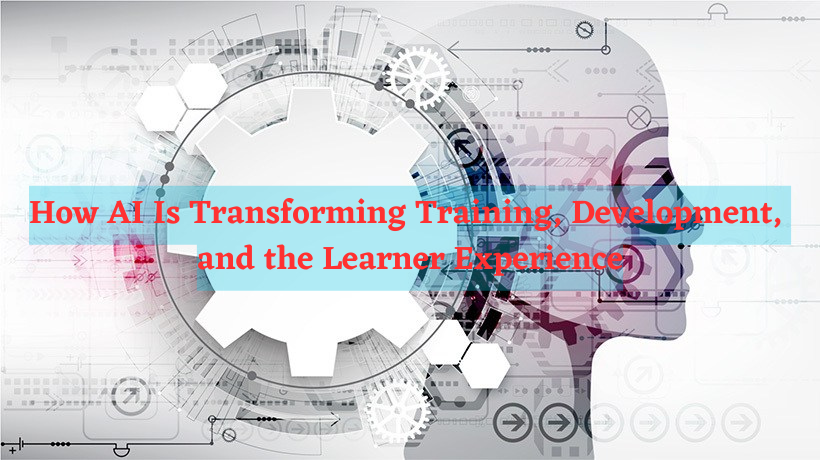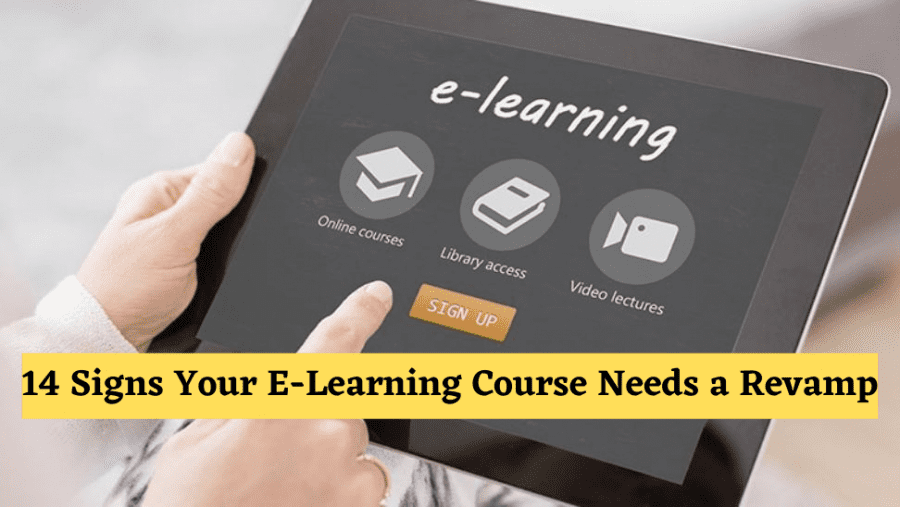Adapting to the Modern Learner with Dynamic, Flexible, and Interactive Content The learners you target with your e-learning courses and other training materials experience learning in a very different way to experiences of 20 years ago. Today, learning is democratised as anyone can search for any topic and will find a plethora of training materials, from YouTube videos to blogs …
How to Overcome Objections to Corporate Training
How to Overcome Objections to Corporate Training Objections and resistance to training can occur for a variety of reasons, not least the fact that people are generally very busy so see training as an added burden. One answer to objections and resistance is to simply force employees to complete the training. However, this approach will limit the impact of the …
Utilising UX Design Laws to Optimise E-Learning Courses
Utilising UX Design Laws to Optimise E-Learning Courses The most effective e-learning courses are developed using learning experience design (LXD) principles. LXD is a combination of instructional design and (UX) design. Instructional design focuses on achieving learning outcomes while UX design focuses on ensuring the experience of users is as enjoyable, smooth, and hassle-free as possible. In previous blog posts, …
Distractions to Avoid in E-Learning Course Design
11 Distractions to Avoid in E-Learning Course Design Distractions can significantly impact the effectiveness of e-learning courses and the experience of learners. The problem is that distractions are often hard to identify. After all, nobody would deliberately put a distraction into an e-learning course. More often than not, the distracting element comes with good intentions that are unfortunately misguided. To …
Successful E-Learning Project Dos and Don’ts
Successful E-Learning Project Dos and Don’ts Successful e-learning projects don’t happen by accident. Instead, they happen because of careful planning and by following a tried and tested design and development process. Here are our dos and don’ts for successful e-learning projects. Successful E-Learning Project Dos Conduct a Needs Assessment A needs assessment will tell you what learners know, what they …
The Challenges of Asynchronous Learning and How to Overcome Them
The Challenges of Asynchronous Learning and How to Overcome Them Asynchronous learning involves employees completing training at different times. The opposite is synchronous learning, where employees come together in person or virtually to participate in training, typically in instructor-led sessions. E-learning is commonly used to deliver asynchronous learning. Other asynchronous learning examples include on-the-job training, training videos, and instruction manuals. …
Best Practices for Creating E-Learning Courses for Digital Natives
5 Best Practices for Creating E-Learning Courses for Digital Natives A growing percentage of the workforce in the UAE and Saudi Arabia are digital natives, i.e., employees who have grown up with digital technology, so are very familiar with using phones, computers, and the internet. On the surface, e-learning might appear to be the ideal training approach for digital natives. …
The Role of Interactive Elements in E-learning
The Role of Interactive Elements in E-learning E-learning brings a range of benefits to corporate training programmes, including the ease with which training courses can be delivered and the convenience of completing training at a time that suits the learner. High levels of engagement are another benefit of e-learning. Interactive elements within e-learning courses are crucial to achieving these high …
How AI Is Transforming Training, Development, and the Learner Experience
How AI Is Transforming Training, Development, and the Learner Experience Artificial intelligence (AI) has received a lot of coverage recently in the media and on social media. It is also a topic of conversation around dinner tables and cups of coffee across the UAE and Saudi Arabia, and not just among techies – everyone seems to be interested. The catalyst …
Signs Your E-Learning Course Needs a Revamp
14 Signs Your E-Learning Course Needs a Revamp E-learning courses that have served your company well over the years can become out of date. After all, companies change, customer demands evolve, skills requirements change, regulations get updated, and a myriad of other things can happen that can result in an e-learning course no longer being up to scratch. This doesn’t …



